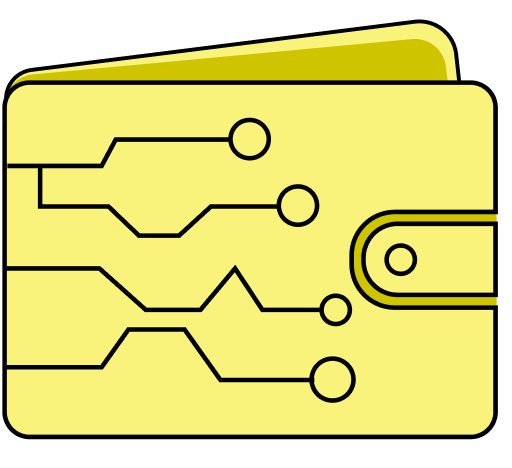BitLox Wallet
BitLox Wallet: A Deep Dive into Security and Design
The BitLox wallet stands out in the crowded hardware wallet market by focusing on both robust security and premium design. Imagine a device that not only protects your Bitcoin but also makes a statement. The BitLox aims to be that device, offering a range of features that cater to users who prioritize privacy and control over their digital assets. This article explores the BitLox wallet in detail, examining its technology, features, and place within the broader cryptocurrency ecosystem.
Understanding the BitLox Design and Construction
What separates the BitLox from many other hardware wallets is its physical construction. You can think of it like comparing a standard car to a luxury vehicle. Where other wallets might use plastic, the BitLox offers an optional titanium casing for enhanced durability and a premium feel. Its credit card form factor makes it incredibly portable, and at just 4 mm thick, it’s one of the slimmest in its class. The inclusion of a 2-inch full matrix e-paper display is another key feature. This display allows you to clearly view transaction details and QR codes, even when the device is powered off. This design philosophy prioritizes both security and user experience, making the BitLox a visually appealing and physically robust option.
Core Security Features: Protecting Your Bitcoin
Security is paramount when dealing with cryptocurrency, and the BitLox incorporates several features to protect your funds. Firstly, the device generates private keys using a NIST-certified True Random Number Generator, a critical component for secure signatures. You can create over 100 individual wallets on a single BitLox, each capable of generating millions of unique addresses. This level of address generation can enhance privacy by making it more difficult to link transactions to a single user. Each wallet’s seed is encrypted using a PIN, adding another layer of protection. Moreover, the BitLox includes an emergency PIN that irrevocably wipes all user data, acting as a dead man’s switch in case of compromise.
PIN Entry and Mnemonic Phrase Management
The BitLox deviates from standard hardware wallets with its on-device alphanumeric keypad, making PIN entry more secure. Instead of relying on button combinations, you can enter PINs up to 20 characters in length, using both numbers and letters. Think of it as a mini password right on your hardware wallet. This design significantly reduces the risk of shoulder surfing or other forms of PIN interception. For wallet recovery, the BitLox uses 12, 18, or 24-word mnemonic backups, compatible with leading web wallets and open-source tools. Crucially, the device performs mnemonic phrase recovery entirely on the device, eliminating the need to enter your sensitive recovery phrase on a computer, a major security risk.
Mobile Connectivity and Transaction Management
The BitLox connects to mobile devices via Bluetooth LE (Low Energy), offering extended battery life and portability. This allows you to manage your Bitcoin on the go using a compatible mobile app (Android and iOS). The device internally calculates transaction fees and displays them to you before signing, preventing unexpected charges. You can display and sign free-form messages with your address key, proving ownership and identity. This feature can be useful in various scenarios, such as verifying your identity on online platforms or proving control over a specific Bitcoin address.
The BitLox Ecosystem and Community
While the BitLox hardware wallet is the core product, understanding its place within the wider cryptocurrency ecosystem is important. You can find information and updates about the BitLox on various cryptocurrency forums and platforms. While not open-source, the company publishes some technical details about the wallet’s functionality and security features. The BitLox is BIP32 and BIP39 compliant, meaning it adheres to industry standards for hierarchical deterministic wallets and mnemonic phrase generation, increasing compatibility with other wallets and tools.
Alternatives and Considerations
The BitLox isn’t the only hardware wallet on the market, and it’s important to consider alternatives before making a decision. Trezor and Ledger are popular options, known for their ease of use and wide compatibility. Coldcard is another competitor that focuses on extreme security, employing air-gapped functionality. Each wallet has its strengths and weaknesses. The BitLox’s premium design and advanced security features might appeal to some, while others may prefer the simplicity of a Trezor or the ruggedness of a Coldcard.
Final Thoughts
The BitLox hardware wallet aims to provide a high level of security, a luxurious design, and advanced features for Bitcoin users. Its physical construction, secure PIN entry, on-device recovery, and mobile connectivity make it a compelling option for those prioritizing privacy and control. However, it’s essential to weigh its features against other hardware wallets and consider your individual needs and risk tolerance before making a purchase. Ultimately, the best hardware wallet is the one that you feel most comfortable using and that adequately protects your digital assets.














 Twitter
Twitter
 Telegram
Telegram
